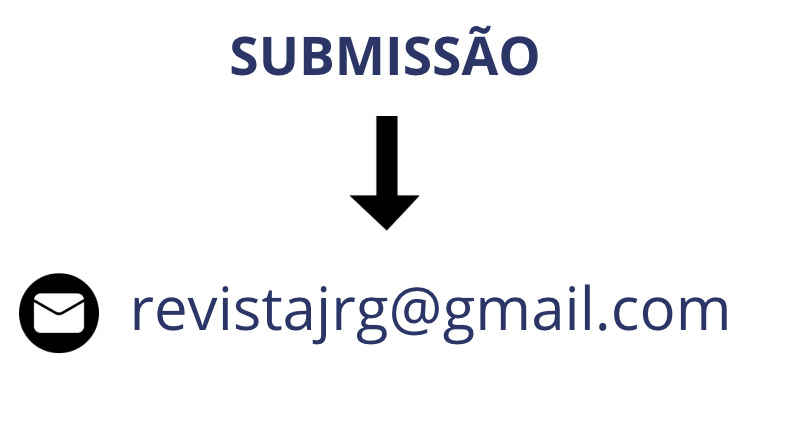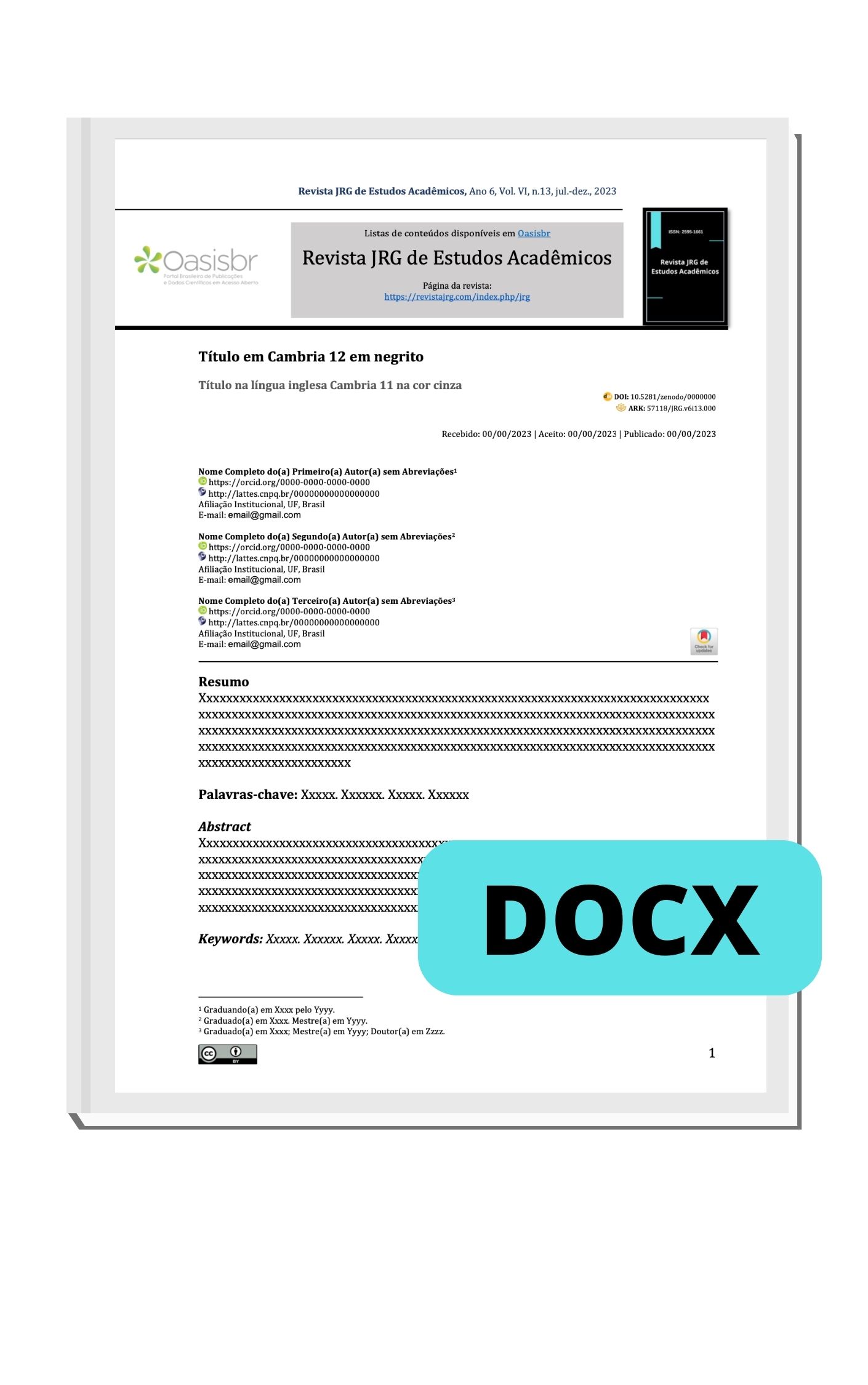The Impacts of Employee Turnover on Workers' Health in the United States of America
DOI:
https://doi.org/10.55892/jrg.v8i19.2300Keywords:
Employee Turnover, Economy, Post-pandemic, Mental HealthAbstract
This narrative review aimed to assess the impacts of employee turnover on the health of workers in the United States. High turnover rates have become increasingly frequent, especially in post-pandemic and economically unstable environments, bringing adverse effects not only to organizational productivity but also to the physical and mental health of remaining employees. The methodology included a qualitative review of scientific articles, dissertations, and theses from platforms such as Scielo, PubMed, and Google Scholar. The main findings reveal that employee turnover contributes to increased stress, anxiety, burnout, and even physical conditions such as heart disease and musculoskeletal problems. Older employees and those in insecure jobs are particularly vulnerable. Turnover also disrupts work-life balance and team dynamics, increasing the likelihood of dissatisfaction and surge the agitations. Financially, high turnover generates direct and indirect costs related to hiring, training, and productivity losses. The conclusion emphasizes that managing turnover effectively is vital to preserving not only organizational health but also individual well-being. Strategies such as individualized HR practices, mental health promotion, and predictive analytics are suggested. Ultimately, turnover affects not just the departing employees but significantly burdens those who stay behind. Further research is recommended to explore organizational-level solutions to mitigate the health impacts of high turnover.
Downloads
References
AHMED TAHIR, R.; ASHRAF, R. Causes and consequences of high employee turnover in large organizations. International Journal of Human Resource Studies, v. 14, n. 1, 2024.
BIALOWOLSKI, P. et al. Economic costs of turnover and its effect on productivity. Journal of Organizational Behavior, v. 41, n. 5, 2020.
BOLT, D.; WINTERTON, J. Employee turnover and HR management. Human Resource Journal, v. 38, n. 2, 2022.
BRANDT, A. et al. Hidden costs of employee turnover. Health Services Research, v. 51, n. 1, 2016.
BRUNNER, B. et al. Job stress and physical health effects after staff reductions. Journal of Occupational Health Psychology, v. 24, n. 2, 2019.
COLLINI, A. The cost of ignoring employee turnover. Harvard Business Review, 2012.
FLEISCHMANN, M. et al. Job transitions and chronic disease. Social Science & Medicine, v. 207, 2018.
HUANG, Y. J. Understanding employee turnover: Definitions and implications. Journal of Management Science, v. 34, n. 1, 2019.
HUHTALA, M. et al. Burnout, job satisfaction, and turnover intention. Scandinavian Journal of Work and Organizational Psychology, v. 6, n. 1, 2021.
KALIS, E. Physical consequences of workplace instability. Occupational Medicine, v. 74, 2018.
KARADAG, H.; NEAR, J. P. Employee turnover and workplace morale. Human Relations, v. 77, n. 4, 2024.
KOINIS, A. et al. Stress-induced health impairments in high turnover environments. Health Psychology Journal, v. 34, n. 3, 2015.
MABINDISA, V.; LEGOABE, L. The role of HRM in managing turnover. African Journal of Business Management, v. 15, n. 2, 2021.
MAH, A. et al. Health systems and mental health outcomes after turnover. American Journal of Public Health, v. 115, n. 1, 2025.
MATTILA, E. et al. Job insecurity and heart disease. Journal of Health Psychology, v. 26, n. 5, 2021.
MCHUGH, M. et al. The aging workforce and chronic illness. Journal of Occupational and Environmental Medicine, v. 60, n. 10, 2018.
MERCADO, A. et al. Organizational restructuring and health outcomes. International Journal of Occupational Safety and Ergonomics, v. 28, n. 4, 2022.
MUIR, M. et al. Turnover and recruitment costs in health care. Medical Economics, v. 98, n. 4, 2022.
MUIR, M. et al. Turnover and recruitment costs in health care. Medical Economics, v. 98, n. 4, 2022.
PEDERSEN, J. et al. Anxiety, depression, and employment transitions. Journal of Affective Disorders, v. 321, 2023.
SCHRAM, J. L.; SCHURING, M. Chronic illness and occupational exit. European Journal of Public Health, v. 32, n. 2, 2022.
SHAKOOR, A. et al. COVID-19 burnout and turnover among health workers. BMC Public Health, v. 23, 2023.
SONG, Z. et al. Turnover intentions and exclusionary behaviors. Human Performance, v. 33, n. 4, 2020.
SURJI, K. M. Understanding employee turnover: Causes and effects. International Journal of Economics and Management Studies, v. 5, n. 3, 2013.
TANNER, D. Employee retention in the age of mobility. Workplace Strategies Journal, v. 7, n. 1, 2018.











































